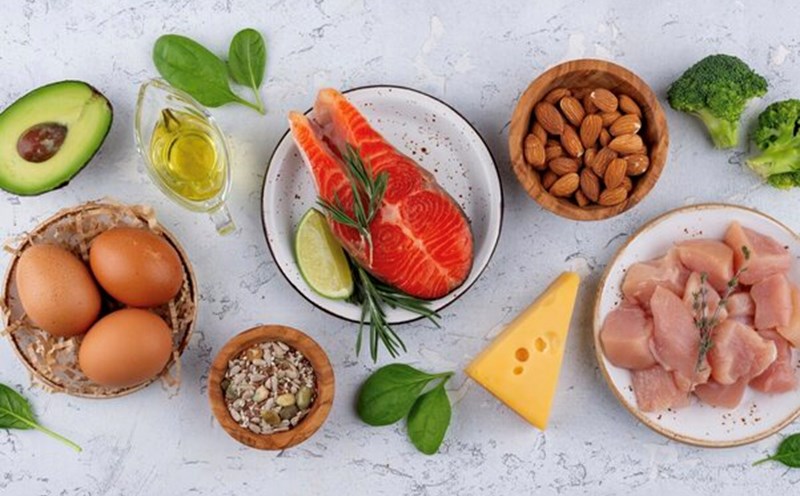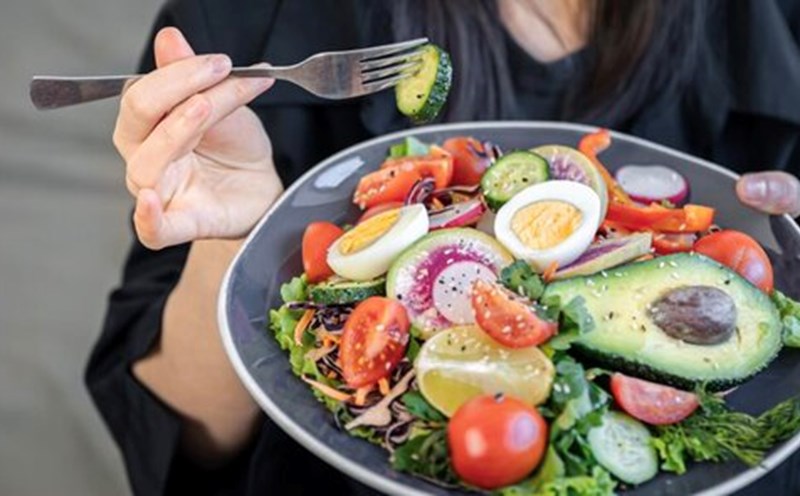Pork is a popular source of protein, rich in essential nutrients such as vitamins B1, B6, B12, zinc and iron. However, many people are concerned that eating pork can easily cause weight gain and fat accumulation. The important thing here is to know how to choose the right part of meat and prepare it properly.
Lean protein from pork can help maintain a feeling of fullness for a long time, thereby supporting better weight control. Research shows that people who eat lean pork on a low-calorie diet have the ability to reduce body fat while still maintaining lean muscle mass - an important thing when losing weight.
The World Health Organization recommends choosing lean meats such as duck, buttocks, and fat-free shoulders, while avoiding processed meat products such as sausages and bacon because they contain a lot of sodium and saturated fat - factors that increase the risk of obesity as well as cardiovascular disease.
How to prepare pork to lose weight
The way they are prepared also plays a decisive role. For pork in the diet to best support weight loss, steaming, boiling, baking without oil or pan-filling with less vegetable oil is the optimal choice. Avoid deep-fried or stewed with sugar.
Eating pork should be combined with lots of green vegetables and foods rich in fiber to balance nutrients and support digestion.
Nutritionists also recommend dividing the portion of meat into small portions, each meal should only consume about 100-120g of lean meat to control calorie intake.
Eating pork does not mean gaining weight. Choosing the right lean part, healthy processing and combining a balanced diet will help take advantage of the nutritional benefits of pork while still supporting sustainable weight loss goals.











